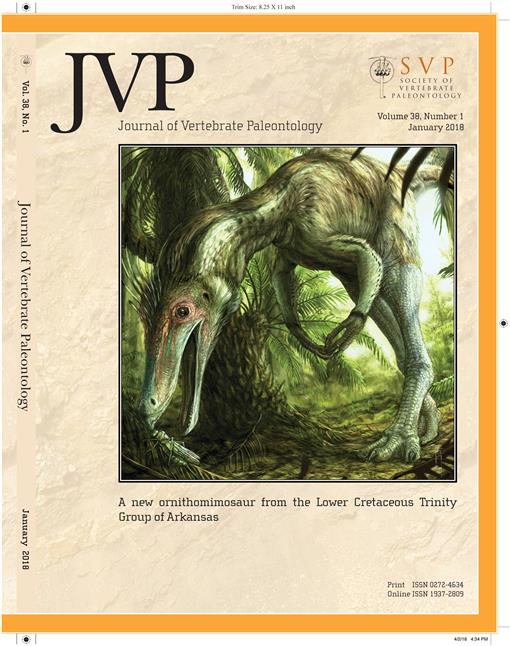Fossil vertebrae from the early Miocene of France (Loire Basin) are described. They show several characters generally regarded as varanid synapomorphies. A phylogenetic analysis of these vertebrae is performed with a subset of morphological data taken from several large morphological data sets (vertebral characters) and it confirms an attribution to varanid lizards. Moreover, referral of isolated vertebrae from the Eocene-Oligocene of Egypt to varanids is confirmed. The use of subsets of large morphological data sets in phylogenetic analysis of fossils (especially incomplete remains) is discussed and advocated for, and we argue that convergence between tree topologies obtained from different kinds of data sets is a key issue in inferring the phylogenetic position of fossil taxa.
How to translate text using browser tools
1 January 2018
New Varanid Remains from the Miocene (MN4–MN5) of France: Inferring Fossil Lizard Phylogeny from Subsets of Large Morphological Data Sets
Marc Louis Augé,
Bruno Guével
ACCESS THE FULL ARTICLE





